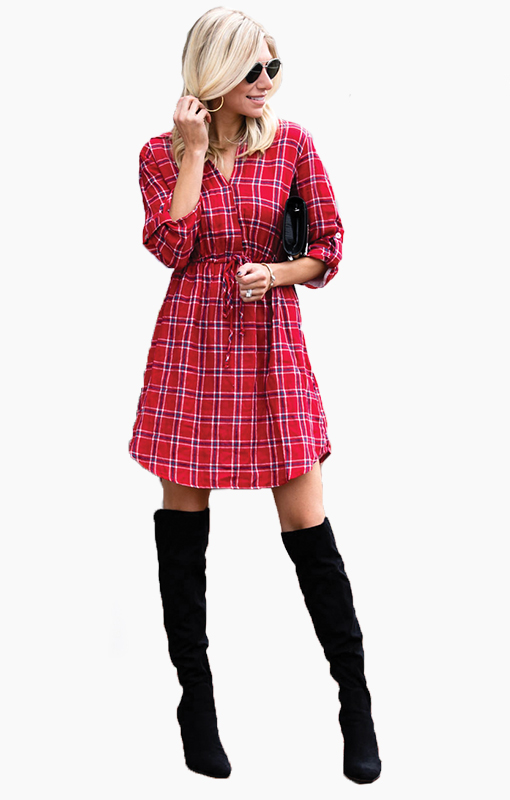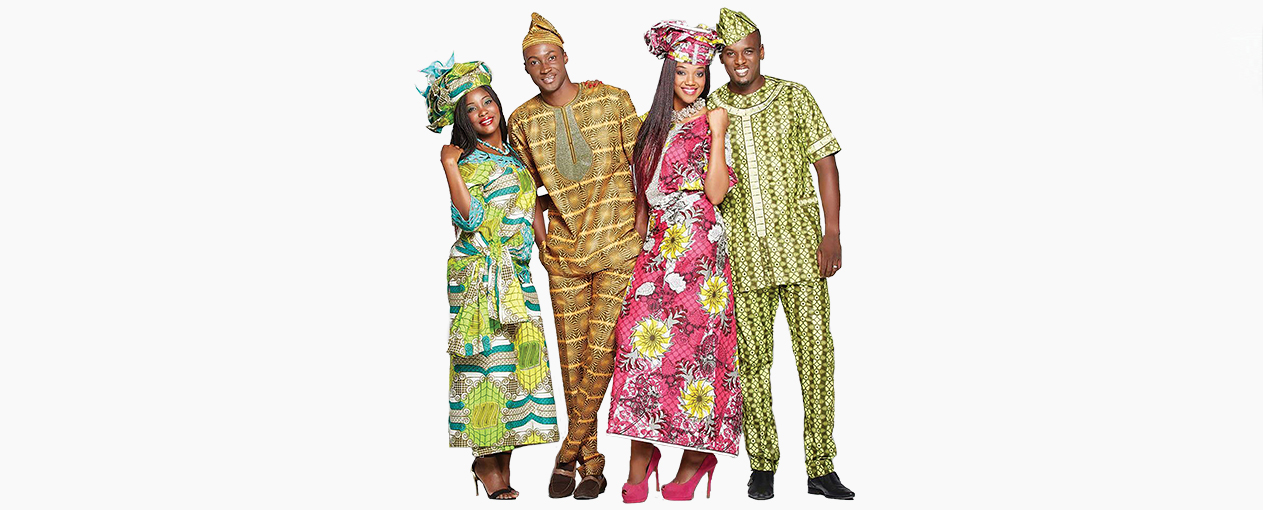Over the last 100 years the world has changed so much in more ways than one.
Before, each country, each region, and nearly each town/tribe all wore different styles of traditional clothing for a variety of different reasons. Some were for the weather, others were for class, some because those colors and materials were the only things available and it was all beautiful.
Today, very few communities around the world still wear their traditional clothing on a regular basis. Many people have appealed to the “westernized” outfit like jeans and a t-shirt.
Indonesia
Indonesia is a series of islands that has dozens if not hundreds of different cultures that all wear different traditional and “westernized” outfits.
Lets focus on the kebaya which is a traditional and cultural dress also worn in Malaysia, Singapore, Brunei, Myanmar, parts of Thailand, Cambodia, and parts of the Philippines.
It’s almost always floral and usually worn with a sarong, made out of silk, cotton, or polyester. It’s the traditional outfit of Indonesia but is mostly worn by the Javanese, Balinese, and Sundanese.
There are 3 parts of the traditional clothing outfit usually worn, the blouse (kebaya), the brooch (because the original and traditional kebaya has no buttons), and sarong or skirt. It’s made modern by many different styles today and it’s common to see among the people.
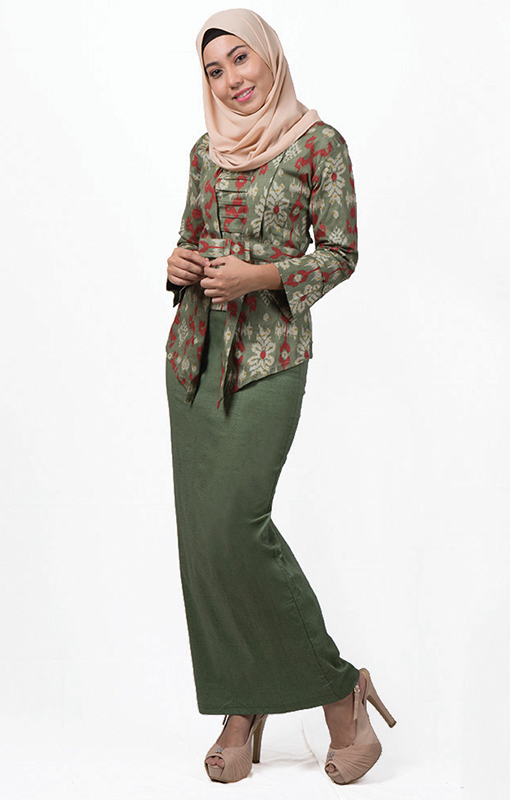
Sami
The Sami live in what is now northern Norway, Sweden, Finland, and Russia. Frozen might have shown you Kristof, who wore all black, but the traditional clothing the Sami wear is the exact opposite of that! Bright colors, intricate patterns, all in different styles is exactly what they wear. It’s called a gakti, and is worn from ceremonies, working, and herding reindeer.
Traditionally the gakti was made out of reindeer leather, but today it’s usually made from cotton, wool, or silk. The colors, patterns, and jewelry worn tell where the person is from, if they’re married or not, and can even be specific to the family. Even with new materials being made to wear their traditional clothing, it looks like the Sami are sticking to their bright colors for generations to come.
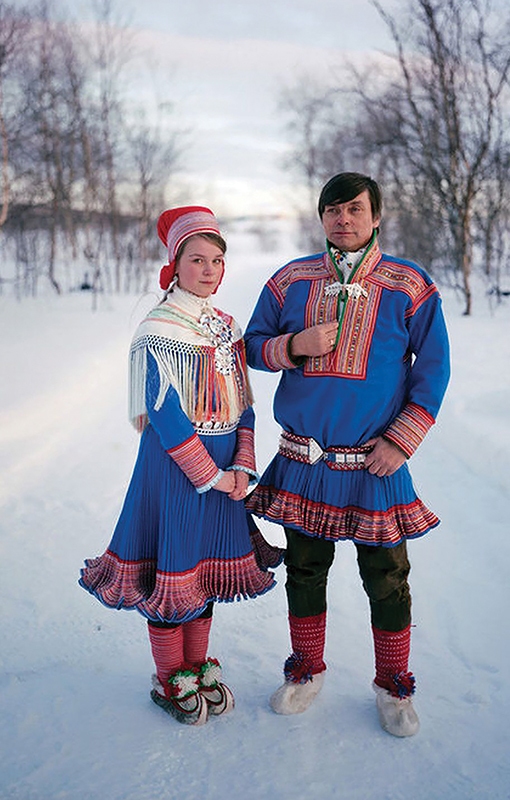
Bhutan
In Bhutan, women wear a traditional dress called kira. The women’s kira is an ankle length dress, clipped at the shoulders with brooches and usually has something to tie around the waist. Certain jackets and blouses are usually worn with this outfit called toego and wonju. Because Bhutan still requires this traditional clothing to be worn, I don’t think it’s going anywhere anytime soon.
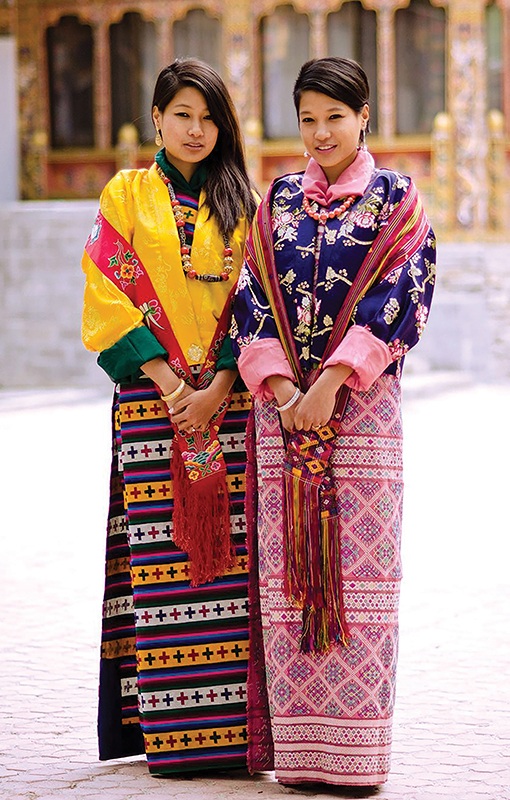
Japan
We’ve all heard of the kimono (which actually means “thing to wear” in Japanese) but did you know there are several different styles of it? There is the women’s kimono and the men’s kimono. The women’s has 12 different components in the most complex ones. Not only are there different styles of the kimono for different occasions, but different styles of obi and how to tie it for formal and informal occasions. Today kimonos are usually used just for ceremonial purposes and those that make the kimono are becoming farther and fewer in between.
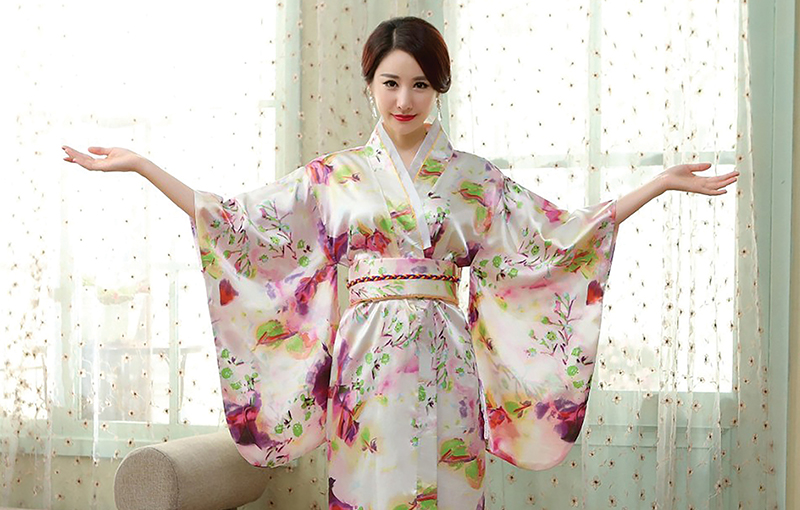
Madagascar
The people of Madagascar can be seen wearing what they call a lamba. When there is a ceremony or funeral to go to, lamba is worn as a a protection from the sun, protection from the wind or dust, a blanket or carrying a child. While the people of Madagascar embrace a more westernized outfit, it’s hard to say how much longer the lamba will be used.
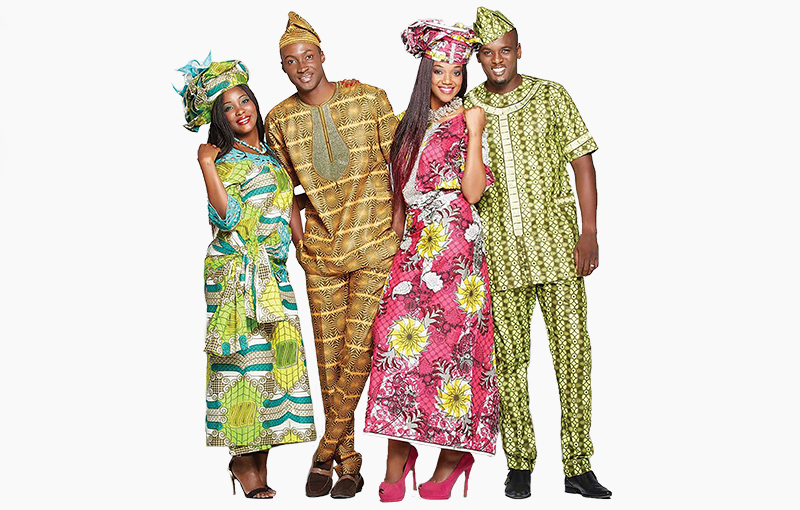
United States
While the United States doesn’t have a traditional clothing day or festival where we all wear one outfit, there are still items many Americans wear that we don’t realize other countries don’t. Flannel is a commonly worn in northern states in the winters to keep warn and can come in any pattern, not just plaid. Cowboy boots and hats in the southwest is also still seen on occasion.
